Raccoon or “wild cat”?
With its masked face, ringed tail and salt and pepper fur, the raccoon looks a lot like Europe’s wildcat, a medium-sized feline and the (Cheshire) Cat mentioned in Alice in Wonderland. That’s probably why the first French-speakers who arrived in America called it a chat sauvage…a wild cat.
Indigenous peoples, very observant, called it arakum, “he who scratches with his hands”. “Raccoon” comes from “arakum”.
Actually, the raccoon is more closely related to bears than to cats. In contrast to cats, its claws are not retractable and it walks on its full feet rather than on its fingers. Like the black bear, it spends the winter hidden in a shelter in a state of sluggish torpor, its winter body temperature lower by a few degrees than its temperature in other seasons. Felines, lynx or cougars remain active year-round.
The raccoon likes streams and marshes where it can capture crayfish, salamanders, frogs, tadpoles, mussels and small fish by groping across the stream or marsh bottom to dislodge its prey. Using its long, agile fingers, it grabs its victim and rolls it between its hands, giving the impression of washing it before eating. Hence its French name, raton laveur, which means “small washing rat”.
In Dutch, by the way, the name is wasbeer – “wash bear”. It also digs up turtle nests and eats the eggs of this reptile, which is becoming increasingly rare.
While it can be cute, the raccoon is not much appreciated by farmers because it happily dines in cornfields, henhouses and beehives. In cities and suburbs, it digs through the compost, tears open garbage bags, upends garbage bins and raids bird feeders. To avoid the resulting messes, you have to prevent its access to these food sources and carefully avoid providing it with food.
There are millions of these daring, opportunistic animals from Southern Canada to Central America. Let’s learn to live with the small marauder by avoiding any direct contact with it, because it can carry potentially dangerous diseases.
The raccoon is one of the stars at Animalium, Mont-Tremblant’s zoological museum.
By the same author: The scarlet lily beetle, a clever invader (Click the image below)

Jacques Prescott131 Posts
Jacques Prescott est biologiste, professeur associé à la Chaire en éco-conseil de l’Université du Québec à Chicoutimi. Spécialiste de la biodiversité et du développement durable, il est l’auteur de nombreux livres et articles sur la faune et la conservation de la nature. Il nous fait l’honneur de rejoindre notre équipe de collaborateurs et signera chaque mois une chronique intitulée Faune et flore. / Jacques Prescott is a biologist, associate professor with the Chair in Eco-Counselling of the Université du Québec à Chicoutimi. A specialist in biodiversity and sustainable development, he is the author of numerous books and articles about wildlife and nature conservation. He has honoured us by joining our team of contributors and will write a monthly column entitled Wildlife and Habitat.
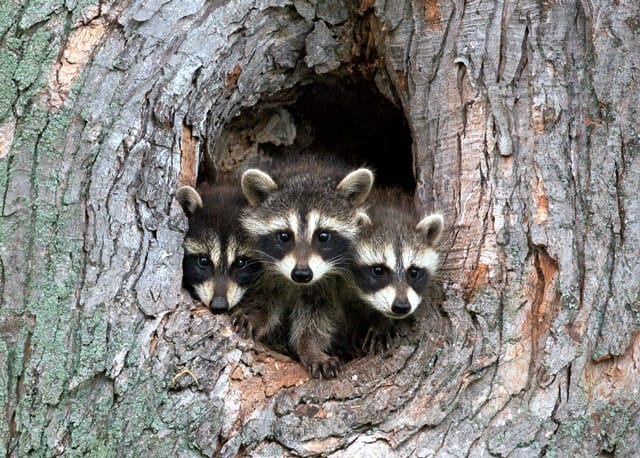
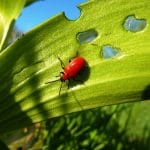


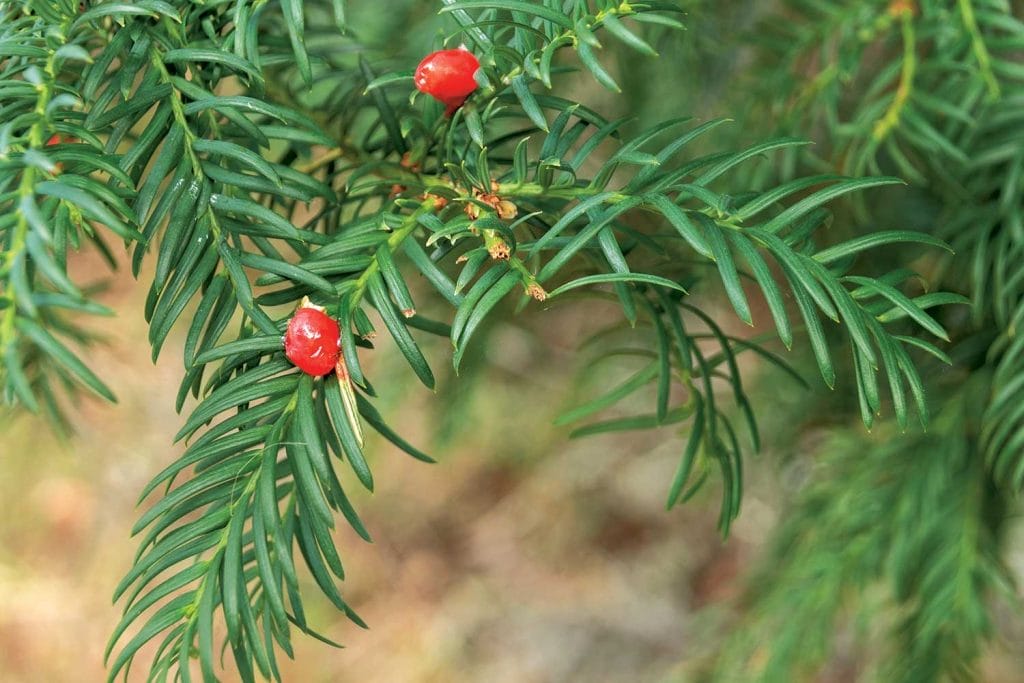
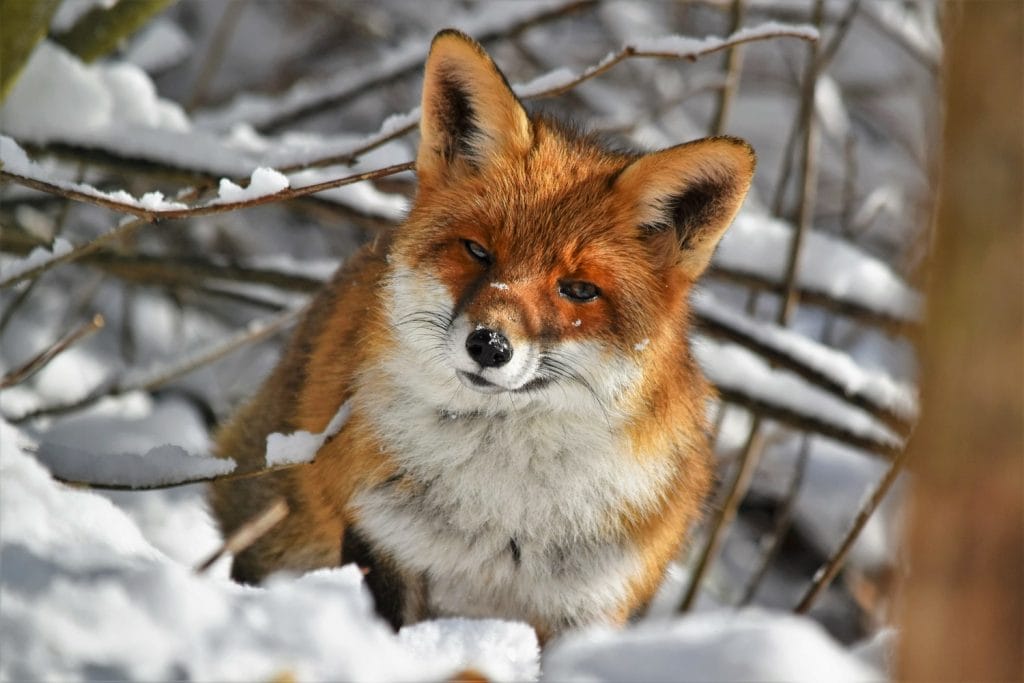
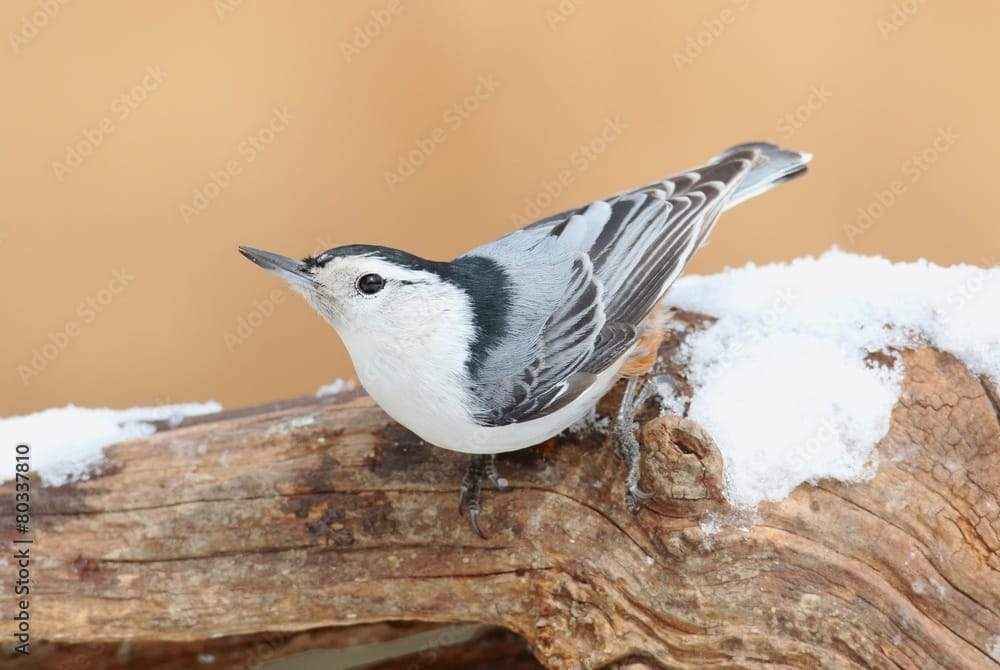
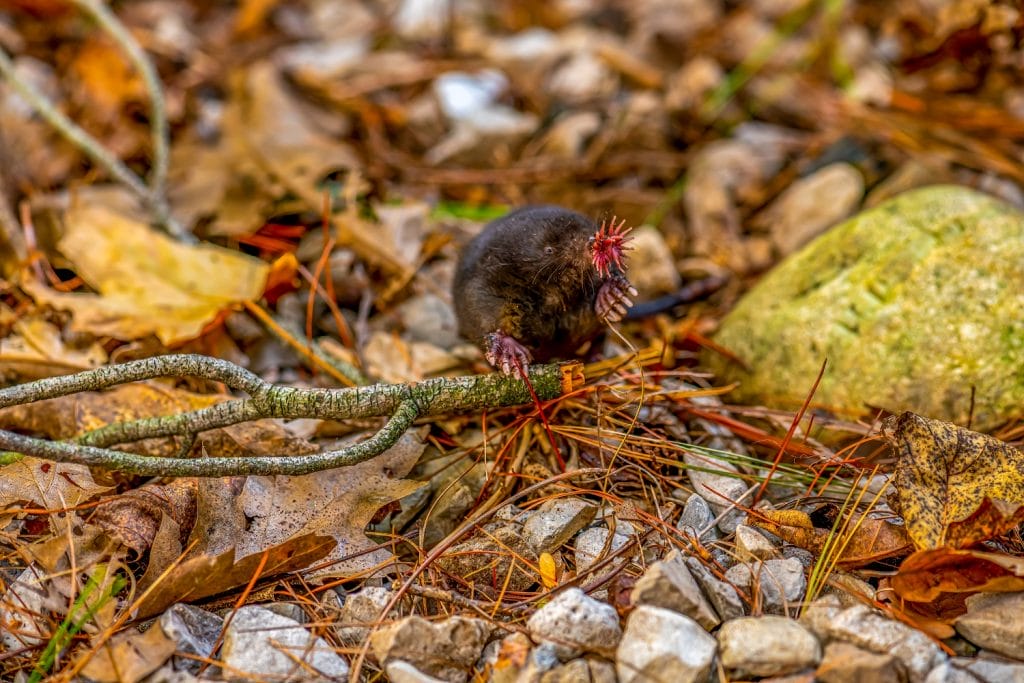





0 Comments